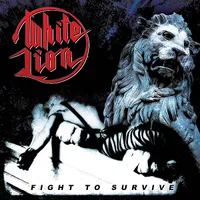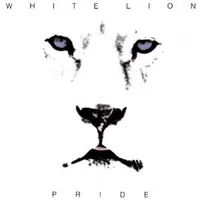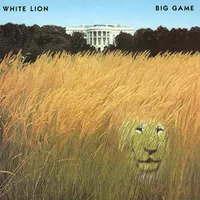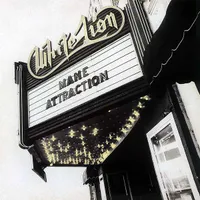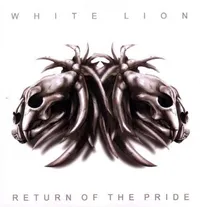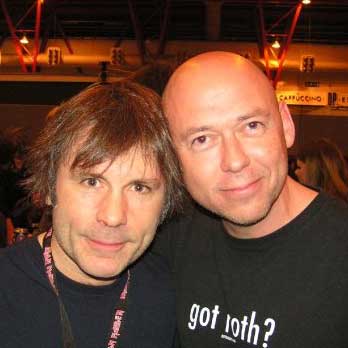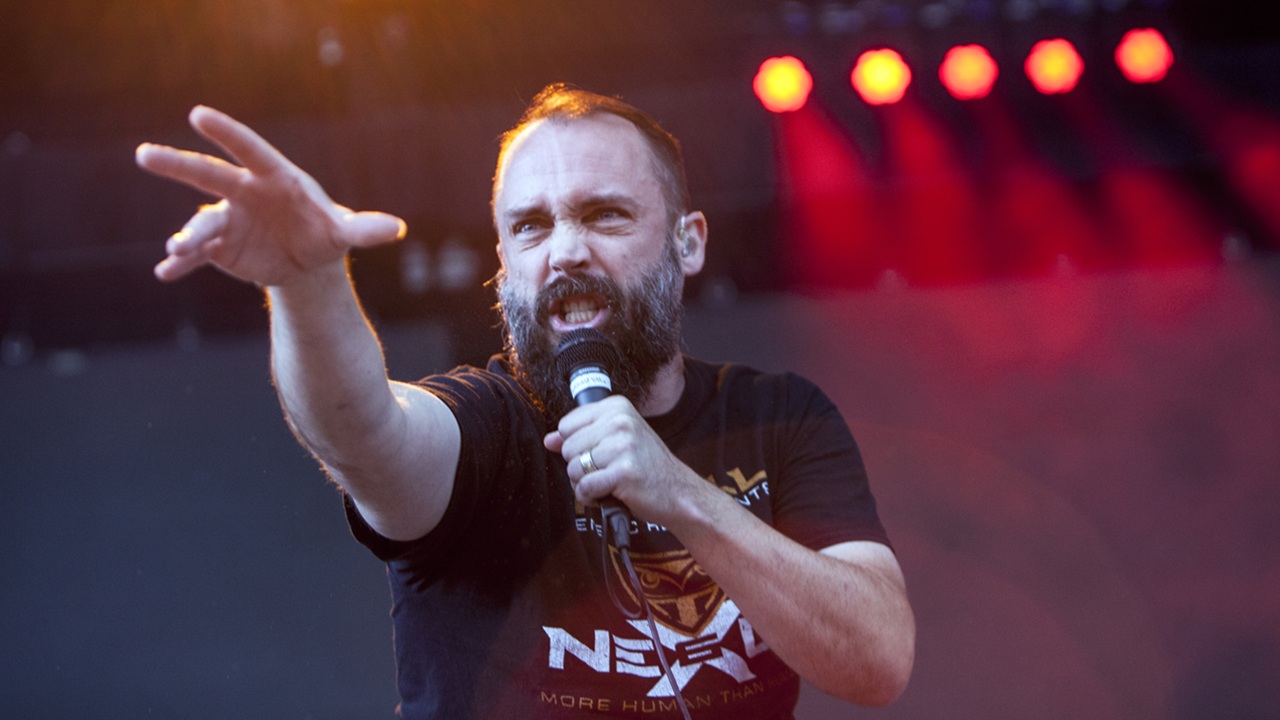The pride of New York City: A beginner's guide to White Lion in five essential albums
For a brief period in the late eighties, White Lion were genuine contenders for Bon Jovi’s hair metal crown
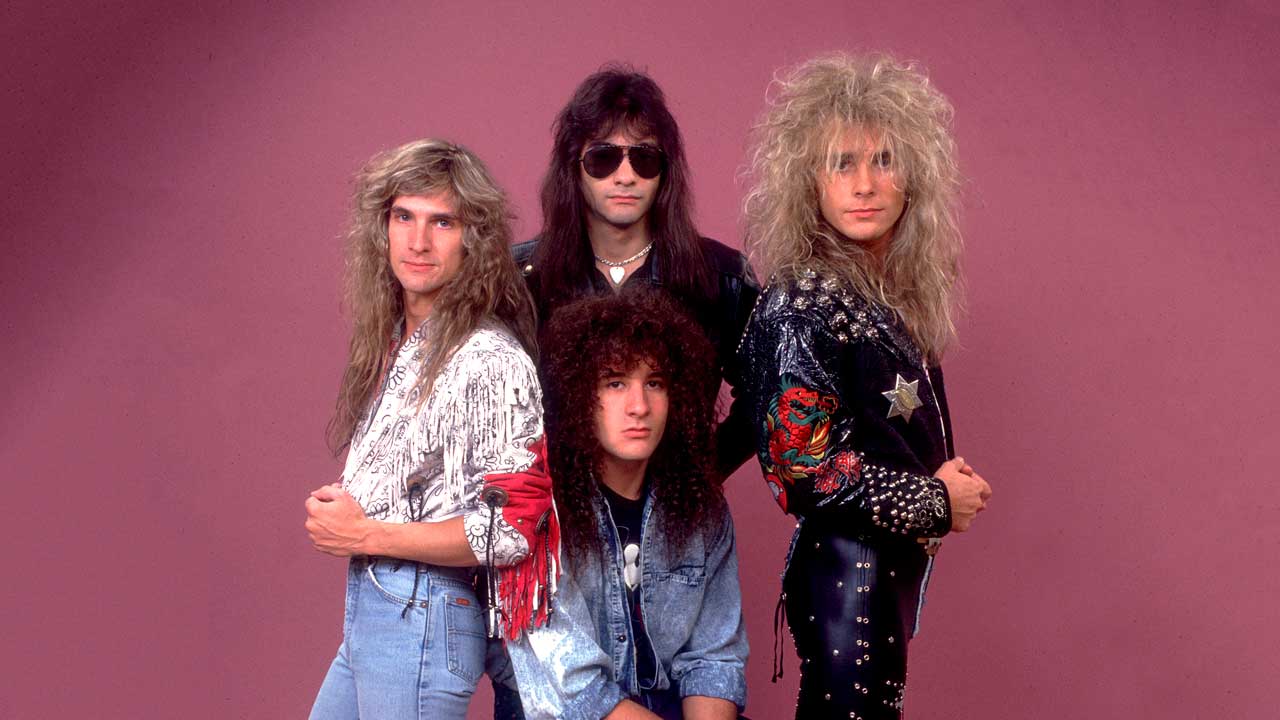
Best known for their 1987 double-platinum album Pride and its US Top 10 hits Wait and When The Children Cry, White Lion came to the end of their eight-year run in 1991.
After the split, Danish-born vocalist Mike Tramp formed Freak Of Nature and subsequently launched a solo career, while guitarist Vito Bratta vanished after suffering an arm injury. Tramp is the only original member of the new White Lion, who in 2008 released Return Of The Pride, their first new album in 17 years.
In 2023, Tramp brought this version of White Lion back for the first of a trilogy of albums of re-recordings of White Lion favourites under his own name, appropriately titled Songs of White Lion.
Below, you'll find our guide to White Lion's five studio albums.

Mike Tramp's Songs Of White Lion Vol. III is out now.
Sign up below to get the latest from Classic Rock, plus exclusive special offers, direct to your inbox!
Freelance writer for Classic Rock since 2005, Paul Elliott has worked for leading music titles since 1985, including Sounds, Kerrang!, MOJO and Q. He is the author of several books including the first biography of Guns N’ Roses and the autobiography of bodyguard-to-the-stars Danny Francis. He has written liner notes for classic album reissues by artists such as Def Leppard, Thin Lizzy and Kiss, and currently works as content editor for Total Guitar. He lives in Bath - of which David Coverdale recently said: “How very Roman of you!”
- Dave LingNews/Lives Editor, Classic Rock
